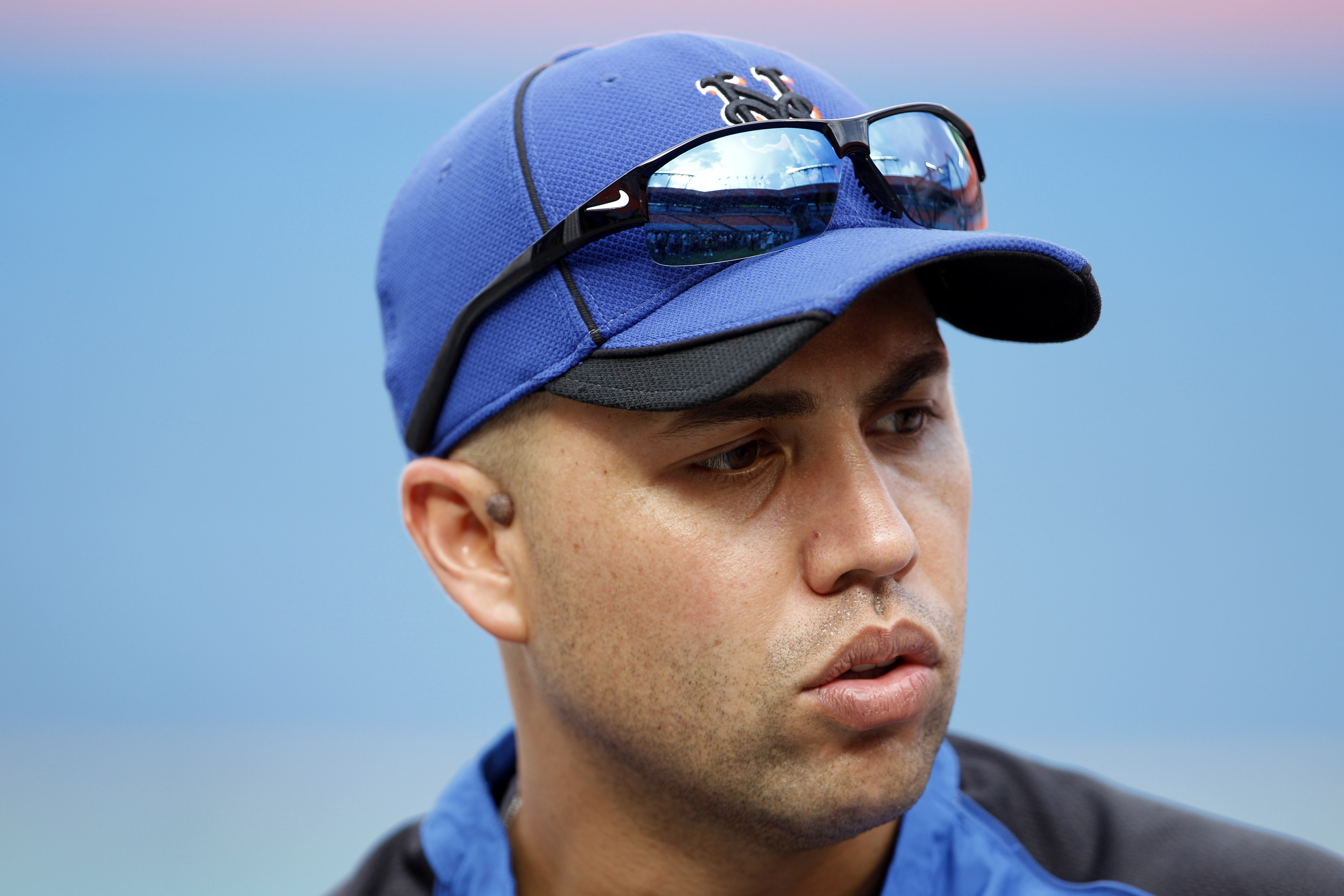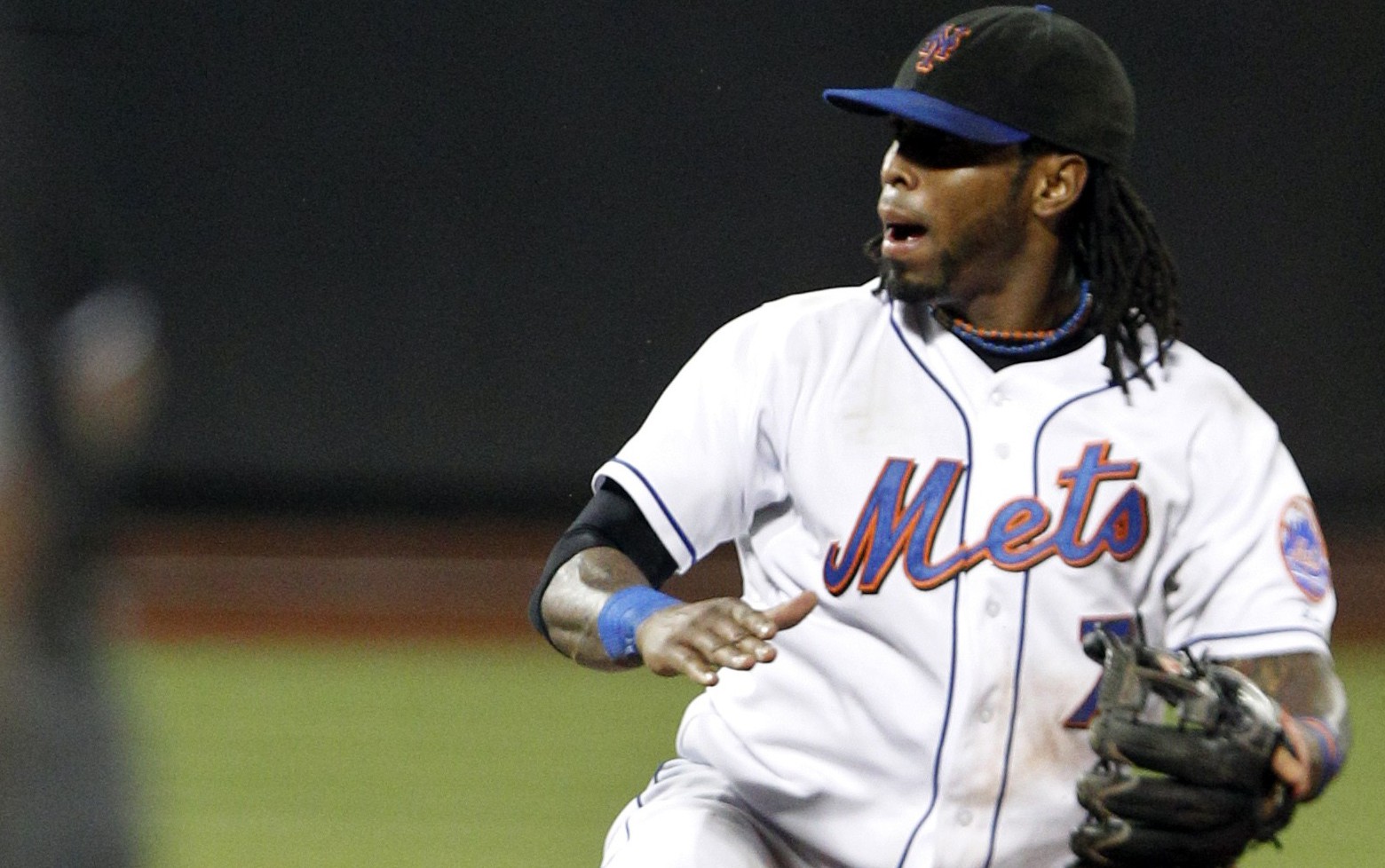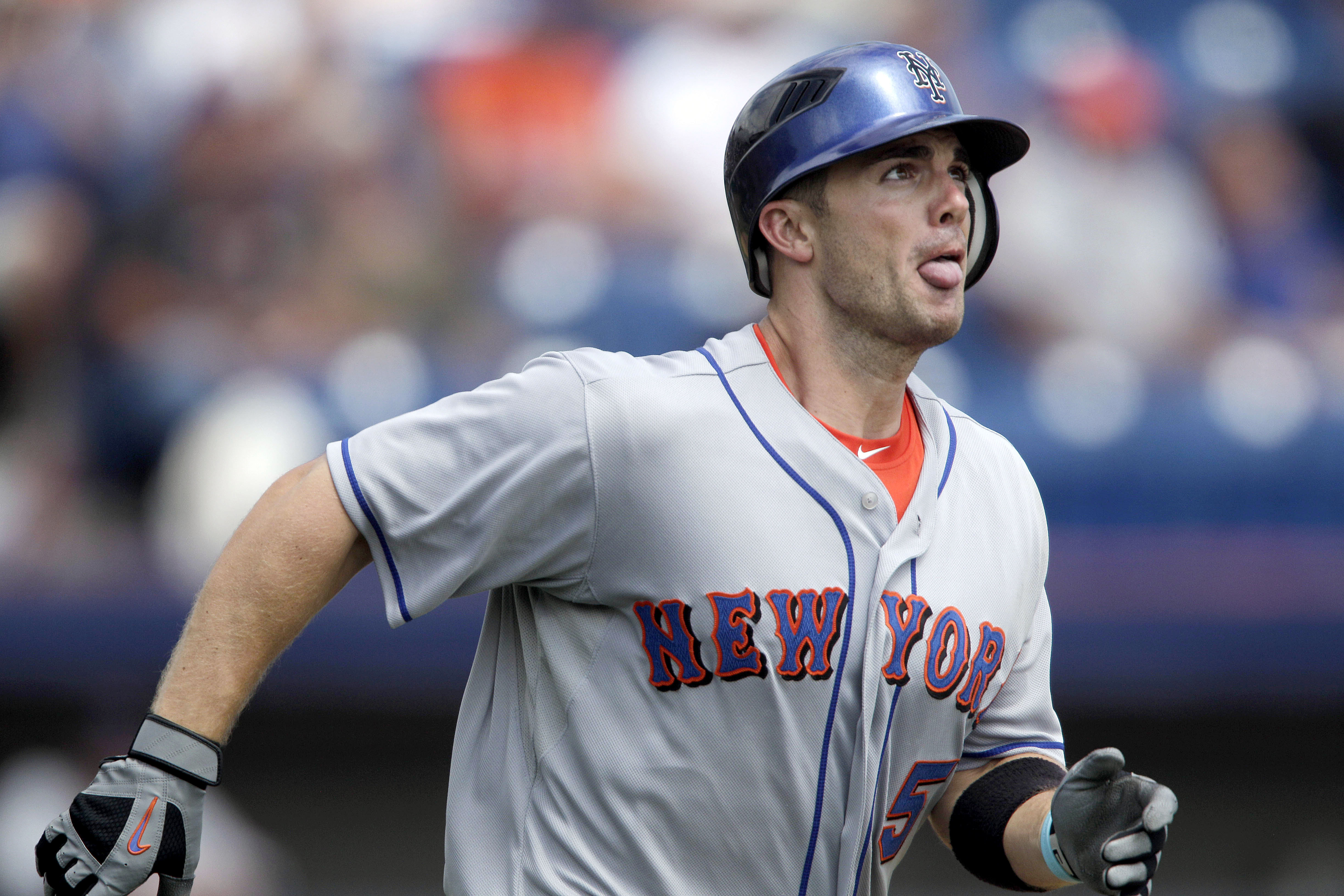So, I’ve been on a huge WAR kick lately. Last week, when I was working on my Mike Pelfrey column, it was FIP and xFIP. But this week, it’s WAR.
Quickly, WAR (wins above replacement) quantifies how many more wins a player brings to a team than a freely available replacement-level player, i.e. someone who is not very good and can be had for nothing. According to baseball-reference.com, a WAR of 2 or better is an everyday player, 5 or better is an All-Star, and 8 or better is an MVP- or Cy Young-caliber player.
Being both a Mets columnist and a fan of the team, I felt the need to have a look back at some players who turned in the best single-season WARs for the Amazin’s, because, you know, there’s been so many of them. In essence, the question was, which Met was the most valuable (by wins above replacement) in a given season? One that jumped out to me while penning this week’s five-years-later column — in which I got all nostalgic about my Metsies and whatnot — was Carlos Beltran’s ridiculously brilliant 2006.
If you’ve wondered how the Mets were so good that year (97-65), one of the primary reasons is because Car-Bel legitimately could have (should have?) been the NL MVP, posting a 7.5 WAR (fangraphs.com) or 8.0 WAR (baseball-reference). That was good for second-best in the Major Leagues among everyday players. Only the immortal Albert Pujols was better, but one could make a compelling argument that Beltran was more deserving because of the importance of his defensive position.
OK, we get it. Beltran has been a great Met. Yes, I said it, a great Met. I have no qualms in freely admitting I’m a Beltran apologist. I’ve never understood why so many Mets fans have had a problem with him. Because he was the final out of the 2006 NLCS? The Mets, without doubt, would not have even been in that game were it not for Beltran. Because he’s too “passive” for their liking? Francisco Rodriguez is anything but passive. How’s that working out? Beltran’s resume is such that it needs no apologizing for. He’s just a really good player in every facet of the game.
Notice the tense of my verb in that last sentence — is.
The Mets seem to think otherwise — as in he was a really good player — and don’t appear inclined to let Beltran stick around to prove them wrong. According to multiple reports, the Mets would love to rid themselves of the hefty balance of Beltran’s contract. Last week, they placed him on waivers, through which he passed without being claimed, which isn’t uncommon for a handsomely compensated veteran. That means any Major League team could have had Beltran and his sizable pact for the remainder of 2010 ($6 million) and 2011 ($18.5 million), but all decided to pass. Now that he’s cleared waivers (and assuming he gives his OK to the deal), Beltran can be traded.
But before the Mets dump a valuable player in August for the second time in as many years in exchange for a bag of balls and some salary relief (Billy Wagner was the other), let’s consider that Beltran was en route to the second-best offensive season of his career in 2009 before being shut down due to injury. Now, he played in 81 games, which of course is exactly a half-season’s worth of data. It’s not the biggest sample size, but it’s not a week’s worth, either. It’s fair to say that Beltran’s output was not a fluke.
In fairness, I’m not so naive as to contend that declining skills and injury are mutually exclusive, either, because we know that’s not true. If it were, Mark Prior wouldn’t have thrown his last pitch in the Majors at age 25 on account of his right shoulder looking like a bag of gravel on an MRI — he would have resumed his trek toward the Hall of Fame. We know there is an oftentimes direct correlation between the two. Sometimes, however, there’s not. Sometimes, guys come back from injuries and are just as good or nearly as good as they were prior to their injuries. There’s a whole gang of factors that determine such a thing, and you can imagine how complex it is to determine said factors and weigh them accurately for a professional athlete. Remember, we’re not talking about how a broken pinkie might impact your Guitar Hero skills; these are world-class athletes.
What I am contending, though, is that a player of Beltran’s potential upside must not be dealt with cavalierly. No, he has not looked good so far since returning (although he went 3-for-3 on Thursday), but that’s a 99-plate-appearance sample after a year off the field. Baseball players are streaky and finicky enough without those mitigating circumstances. Could we have reasonably expected him to hit the ground running? Probably not. And, yes, he’s getting up there in age (33) and is coming off serious knee surgery. But again, we simply don’t know what he is, and I, for one, am not willing to proclaim an elite talent is completely devoid of value at age 33.
If the Mets can flip Beltran for a viable, useful return, I’m OK with that. But chances of a potential suitor offering one are slim, because the risk is too high relative to Beltran’s hefty paychecks. What the Mets can’t afford to do is give him away for salary relief, because as a big-market team, it’s one of their few distinct luxuries over their mid- and small-market counterparts to absorb a bloated salary for a year and hope that a star can return to prominence. If the gamble doesn’t work out, they can still recoup in the form of compensatory Draft picks should C-Bel decline an arbitration offer and sign elsewhere (which is likely). If the gamble does work out, the rewards could be rich, and we could have another 5-plus WAR campaign out of Beltran upon which to reflect fondly some day.







